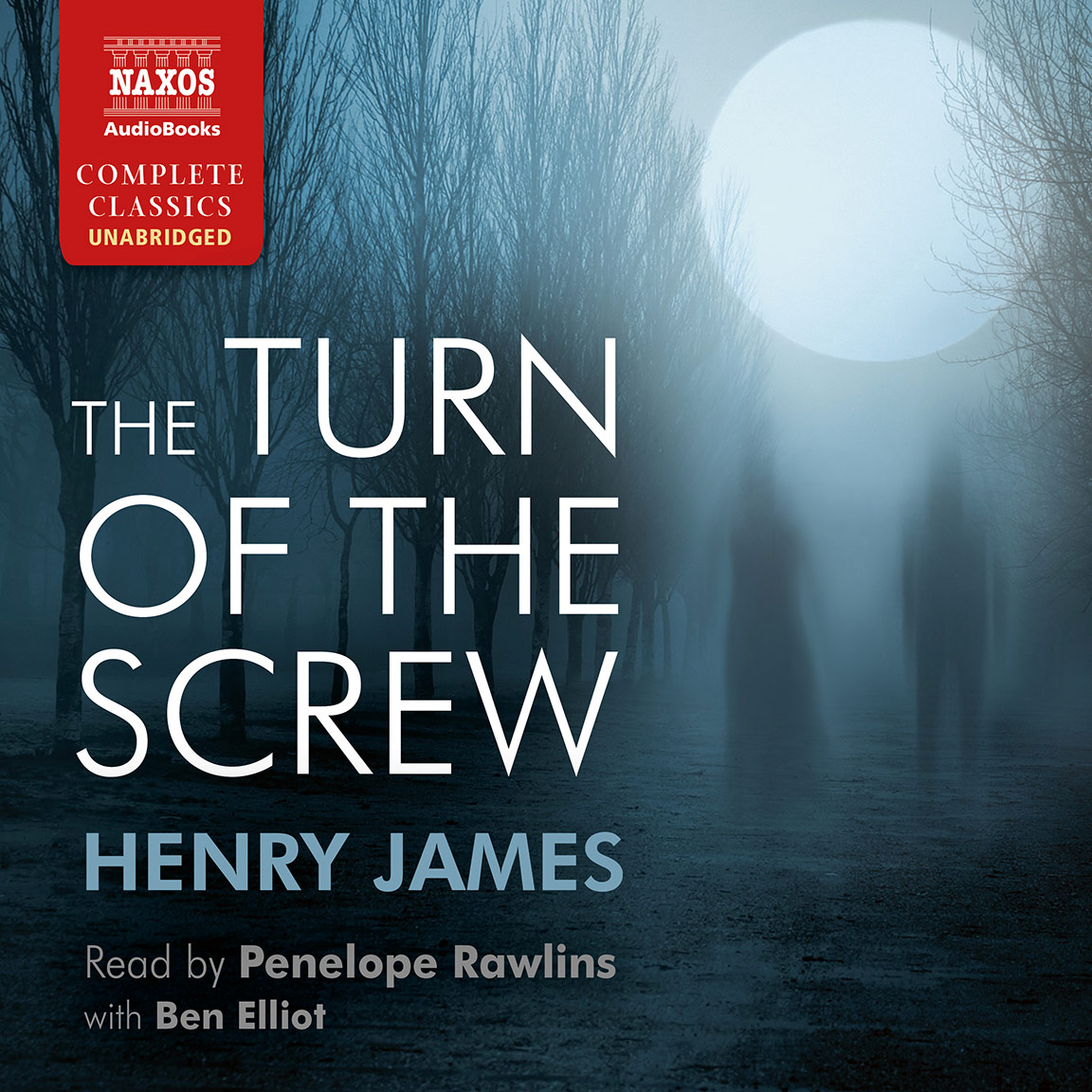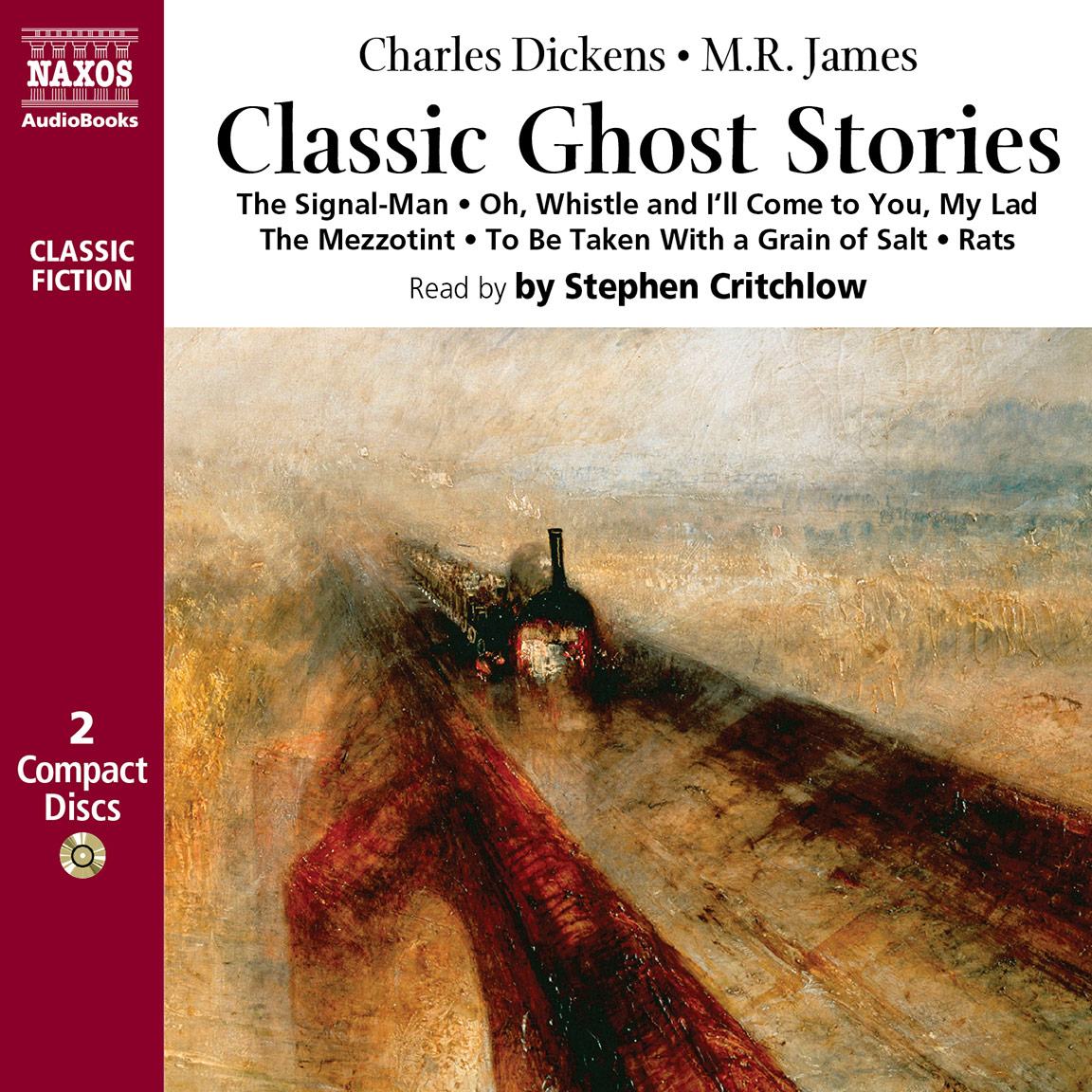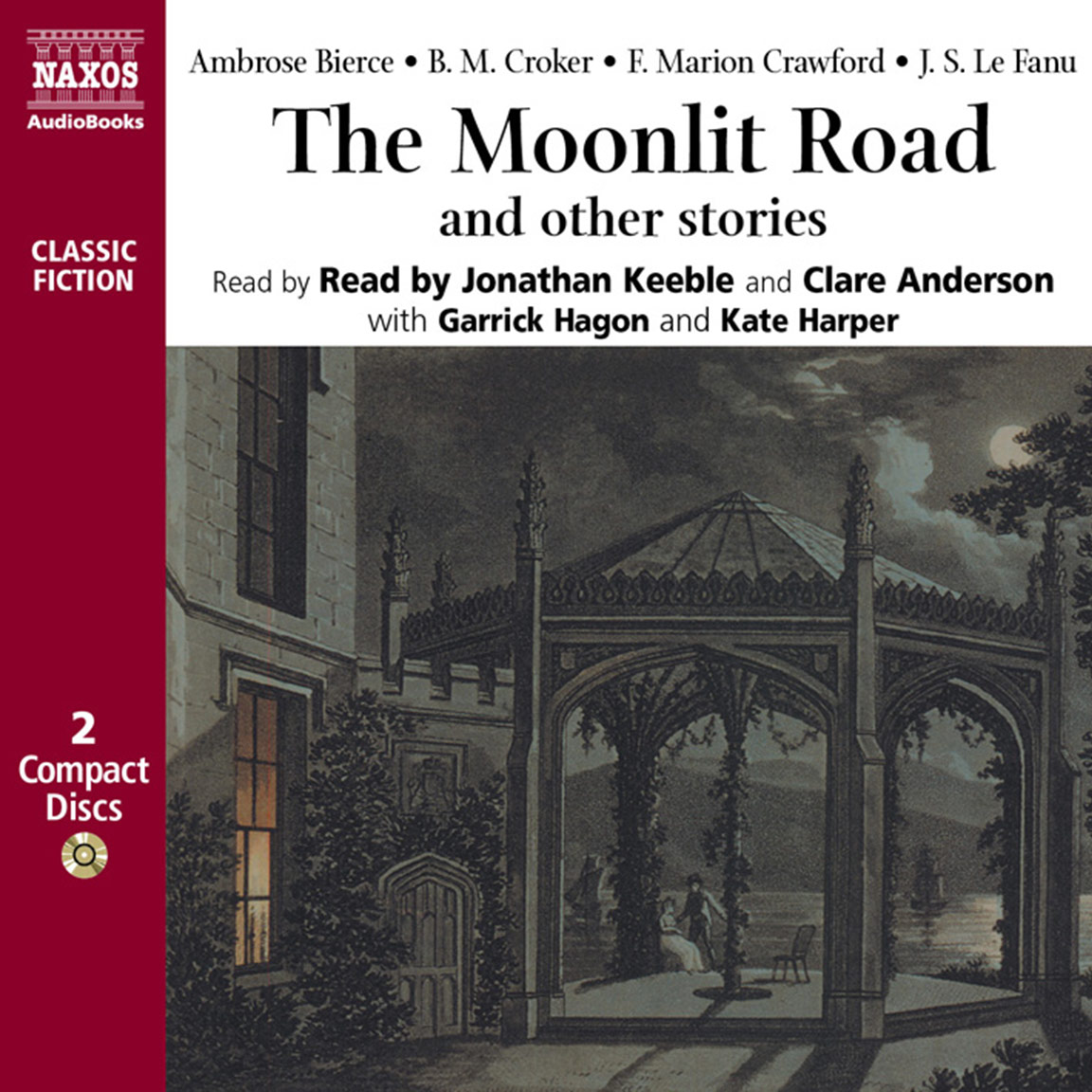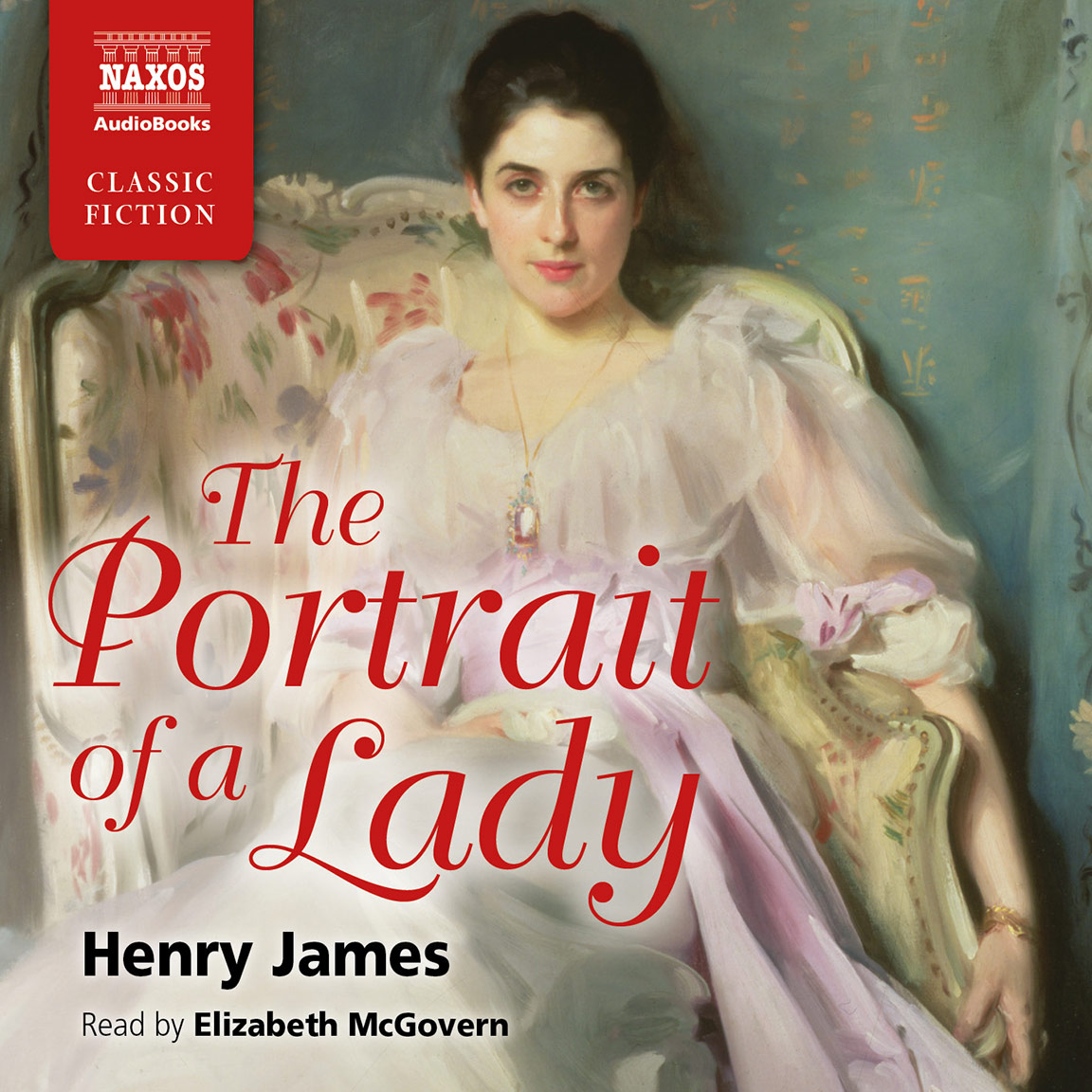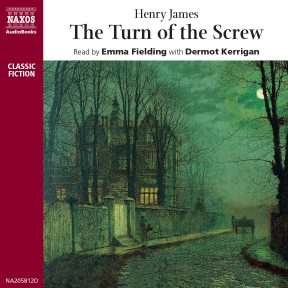
Audio Sample
Henry James
The Turn of the Screw
Read by Emma Fielding with Dermot Kerrigan
abridged
Perhaps the most brilliantly successful ghost story ever written, The Turn of the Screw creates a terrifyingly believable impression of children so corrupted by evil that they remain deceptive pictures of innocent beauty. Their governess must struggle alone to confront and exorcise the demons which she believes possess their souls… Published in 1898, the story was immediately met with glowing reviews. It remains one of Henry James’s most popular works.
-
Running Time: 2 h 32 m
More product details
Digital ISBN: 978-1-78198-085-9 Cat. no.: NA205812 Download size: 39 MB Produced by: Nicolas Soames Edited by: Simon Weir, The Classical Recording Company Abridged by: Perry Keenlyside BISAC: FIC004000 Released: June 2000 -
Listen to this title at Audible.com↗Listen to this title at the Naxos Spoken Word Library↗
Due to copyright, this title is not currently available in your region.
You May Also Enjoy
Booklet Notes
Henry James wrote The Turn of the Screw in 1898 and claimed that he had found the germ of this story in a conversation with his friend E.W. Benson, the Archbishop of Canterbury, in which an anecdote was told about wicked servants who, having charge of young children, ‘corrupt and deprave’ them ‘to a sinister degree’. Later, in a letter to H.G. Wells, James described his story as a ‘jeu d’esprit’, although his Preface to the tale offers a quite serious and elaborate analysis of what he was trying to achieve. James’s satisfaction with his creation was echoed by the glowing reviews it immediately won, and it remains perhaps the most artistically successful ghost story ever written, the subject of keen critical debate, and the vehicle for Benjamin Britten’s opera of the same title.
The story was originally commissioned by a periodical for its Christmas number
Part of its success lies in its absolutely controlled consistency of tone and style. The narrative of the governess who finds herself in charge of two children in the lonely country house reveals, as James said, just enough of her character: rather prim, rather narrow, but sensitive and strong, albeit self- involved. She does not seek to analyse what is happening to her and the children, but simply registers with great precision and intensity her powerful feelings of protective responsibility in the face of what she is certain is pure evil. Exactly what that evil is remains undefined, mysterious – which is what James intended – but clearly the idea of diabolic possession is involved.
The story was originally commissioned by a periodical for its Christmas number, and it opens with a group of friends telling stories around the fireside. Thus far, James conforms to the stereotypical expectations of the genre; but as the story unfolds we enter an increasingly horrible sense of a pervasive evil which first takes the form of the dead servants Peter Quint and Miss Jessel, but is then (and most dreadfully) found in the children themselves, seraphically charming as they seem to be. The governess then sees her task as the recovery of the children from their demonic influences. She is aided in this by the prosaic but good-hearted housekeeper, Mrs Grose, but must otherwise work alone as her (absent) employer has imposed as a condition of her employment that she must ‘never trouble him…neither appeal nor complain nor write about anything’.
James makes it clear that the governess is more or less infatuated by her mysterious, Rochester-like employer, and this is where the critical debate about the story begins. Two main views emerge. The ‘Freudian’ school, headed by Edmund Wilson, believe the ghosts to be neurotic hallucinations by the governess, projections of her guilty and repressed sexual feelings: what, after all, distinguished Quint and Jessel was their illicit sexual liaison. Morris Fraser claims that we should look at James’s alleged paedophiliac feelings and see that ‘the horror’ of Quint is Henry James’s horror of his own sexuality. These theories are clearly not entirely satisfactory: they do not account for Miles’s expulsion from school or his stealing of the letter, for instance – yet they importantly focus on the hysterically possessive nature of the governess’s response to the ‘horrors’. At the end of the story, Miles screams out ‘Peter Quint – you devil!’ and it is unclear whether or not he is identifying and renouncing Quint, or in fact accusing the governess of being a devil. The ‘turn of the screw’ of the title refers to the idea that the possession of children by evil forces is perhaps the most horrifying thing we can imagine and the whole story is given enormous power by its undoubtedly ambiguous sexual overtones, whether or not one accepts the Freudian interpretations.
Henry James (1843–1916) was born in New York and settled in London in 1875. He moved to Lamb House, Rye, in 1898; became a British subject in 1915; and was awarded the Order of Merit in the year of his death. His fiction is of a highly refined and intelligent subtlety, analysing thought, motive and feeling with brilliant psychological insight and (at times) some obscurity of style. Much of his early fiction (Portrait of a Lady, 1881) deals with the impact of the old world upon the new, and this transatlantic theme recurs in later works like The Ambassadors (1903). In between, he studies English life and character in such works as The Spoils of Poynton (1897). He is generally regarded as one of the great founders of the modern novel.
Notes by Perry Keenlyside
